Don’t overlook sealing your concrete job after it’s been completed to ensure that it lasts a lifetime. You will be much more susceptible to damage if you do not apply this important finish to your concrete project.
Concrete can crack due to moisture and temperature fluctuations, while concrete can become stained and scratched due to wear and tear. It is possible to protect concrete from these stresses with a simple, early application.
Do You Need To Wait Long Before Sealing Concrete?
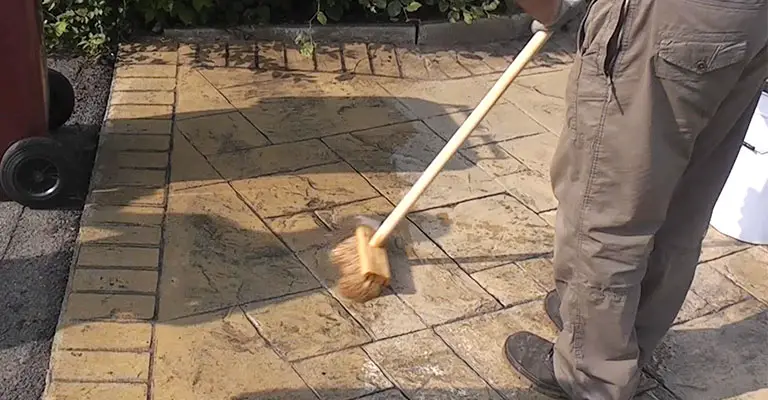
It typically takes 28 days for new concrete to seal. Because of this, most concrete sealers recommend waiting 28 days after the concrete is poured before sealing it.
These concrete cure and seal sealers help concrete hydrate by holding moisture in a protective film.
Seals and cures come in two kinds, dissipating seals and penetrating seals. Curing cures and seals help concrete cure and usually wear off in six months or so from acrylic chemistry.
However, if you want a wet look or a high gloss finish, you can now apply a penetrating or decorative concrete sealer.
The concrete slab can be fully hydrated and sealed in a protective film without wearing away using a penetrating concrete cure and seal.
A penetrating cure and seal usually have some kind of silane in it, so the concrete won’t be affected by deicing salts or freeze-thaw cycles.
Applying a penetrating concrete sealer does not require removing the cure and seal or waiting for it to dissolve. A contractor must apply these products when pouring concrete since they are all-in-one solutions.
Most concrete sealers require at least 28 days for the concrete to fully cure before they can be applied. Therefore, unless you apply a concrete cure and seal, you should wait at least 28 days before applying a concrete sealer.
Does Newly Poured Concrete Need To Be Sealed?
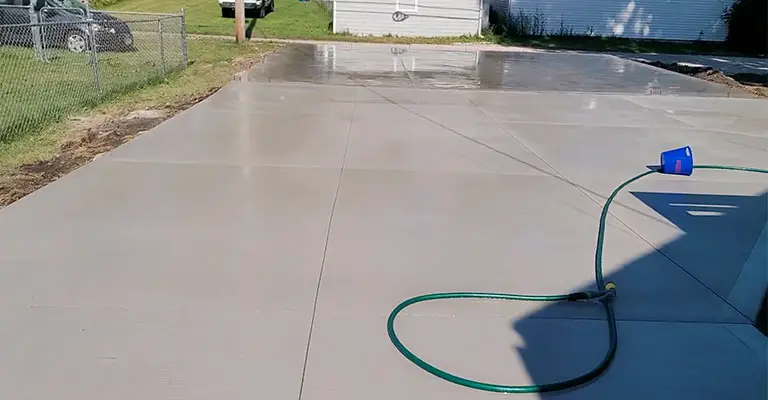
Does fresh concrete need to be sealed? Despite the temptation, driveway concrete sealers should never be applied immediately after they are poured.
A large amount of moisture must evaporate from the concrete during curing. Therefore, before concrete is ready to be sealed, it must have gone through the curing process for about a month.
The concrete does not have to be sealed with a cure and seal product, but the concrete should be sealed, nevertheless. The first two to 28 days are the best time to cure.
It’s entirely up to you whether you want to wait six months or not. Water absorption and surface abrasion are two factors that damage and deteriorate concrete. By sealing your concrete, you can prevent them from happening.
The sooner you seal the concrete, the more of the excess moisture won’t be able to evaporate correctly. It would, therefore, not be as strong as a freshly poured concrete driveway.
Furthermore, the concrete would become more brittle and crack more easily. It would also take longer for the concrete to settle correctly, resulting in uneven concrete.
What Happens If You Seal Concrete Before 28 Days?
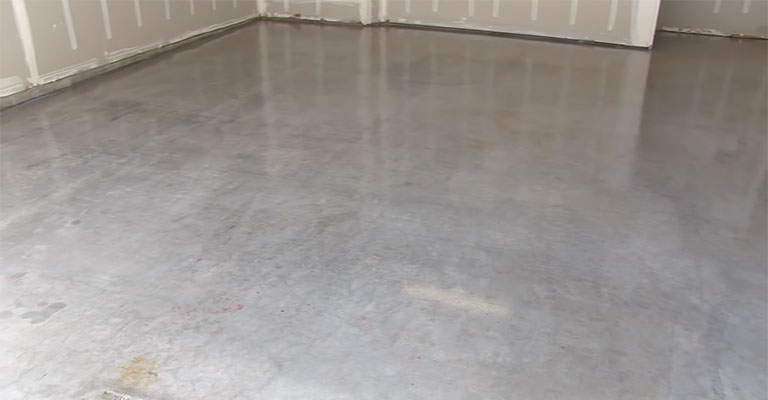
You risk ruining and harming the future strength of concrete if you apply a concrete sealer to a slab that has not fully cured. Sealing the concrete after curing will ensure that it is strong and protected for an extended period.
How Long Should You Wait Before Sealing Your Concrete Driveway?
It is highly recommended that you seal your new concrete driveway after concrete contractors have poured it. Your new driveway will look better and last longer if you seal the concrete with a driveway sealer to prevent small and large cracks.
You can expect your driveway to last a long time because of this. In most cases, a concrete driveway can last for up to 25 years if properly maintained and cared for.
How Soon Can You Put A Sealer On New Concrete?
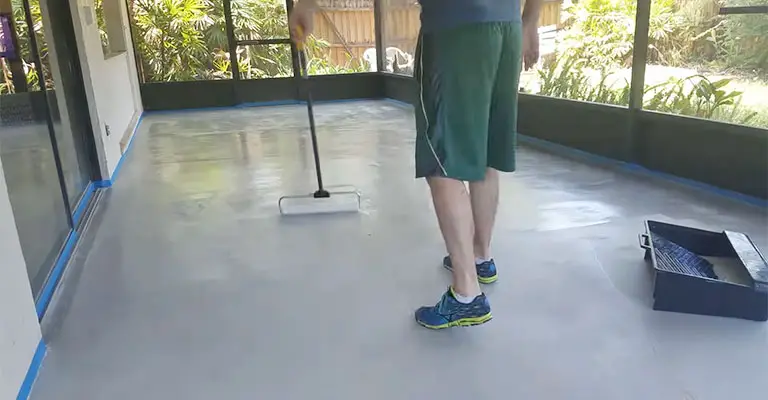
Sealing new concrete surfaces should be done 30 days after they are poured, indoors or outdoors, so they can cure completely. Ensure that the concrete surface is clean and dry before applying the sealer.
Common Mistakes People Make When Sealing Their Driveways
- Sealing driveways, yourself is often a mistake people make because they apply sealant too soon. There’s no waiting until the driveway is fully cured.
- They end up paying a long-term price for this mistake since their new driveway doesn’t last as long and develops cracks and other problems over time.
- In addition to not cleaning their driveways before sealing old concrete, people often mistake not applying sealant before sealing. In the case of dirt, dust, and other debris trapped underneath the sealant, concrete cannot perform properly.
- If leaves are not cleaned off before they are placed on concrete, they can stain the concrete. In addition, old concrete driveways require different sealants, which can pose another problem.
- It may only provide the proper protection for your concrete driveway if you select the right one. Stain protection may not be provided by a glossy sealant, for instance.
- One of the most common mistakes is not taking care of their driveway after it has been sealed. Reapplication of the sealant is necessary when the sealant wears off. Without proper reapplication of sealant, the concrete will no longer be protected.
Why Do You Need a Professional to Seal Concrete?
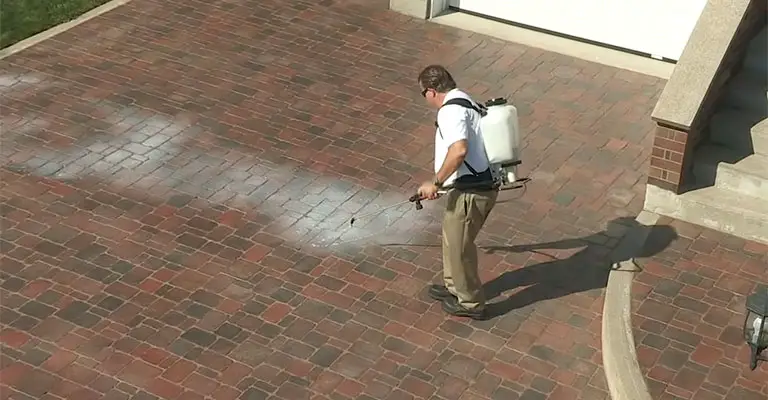
To seal your new concrete driveway, you must take specific steps that are not always easy to accomplish on your own. Unfortunately, it is pretty easy to make these mistakes, as you can see.
For this reason, our concrete patios and driveways company suggests hiring a professional to install and seal your new concrete driveway, as well as to handle any repairs that need to be done.
Care And Maintenance
- You will need to properly maintain your driveway once it has been sealed. Keep your yard clean by regularly sweeping off dirt, leaves, and debris. Alternatively, you can spray it off using your garden hose and garden nozzle.
- The sealant should not be removed by power washing the driveway. Having washed away the sealing, concrete driveways are more likely to crack.
- You should clean up spills on your driveway right away if you spill anything other than water. This will prevent the spill from eating through the sealant and staining it.
- It is necessary to reapply sealant periodically based on the type used. The lifespan of sealants usually ranges from two to five years, depending on the sealant used and the amount of traffic.
Final Words
There are three main components of concrete: water, cement, and either sand or gravel. Mixing each material requires careful attention. For concrete to be poured and smoothed easily, mixing processes are essential.
As the concrete cures, it becomes solid and strong. The mixing process helps the concrete treatment as well. Due to its porous nature, oil and water can be absorbed by unsealed concrete.
Concrete can become discolored and stained depending on the type of liquid. Concrete that has not been sealed will gradually degrade and deteriorate over time. Concrete driveways can be chipped and cracked as a result of this.






